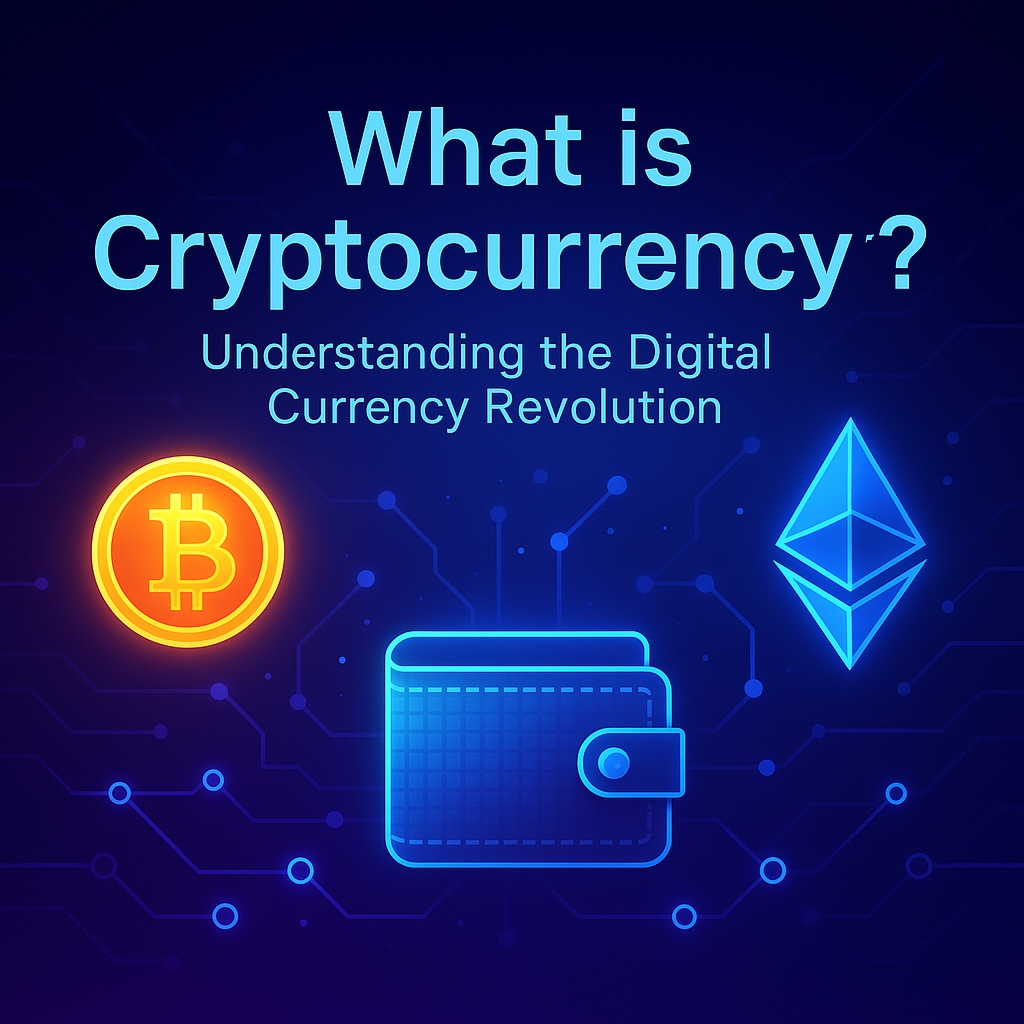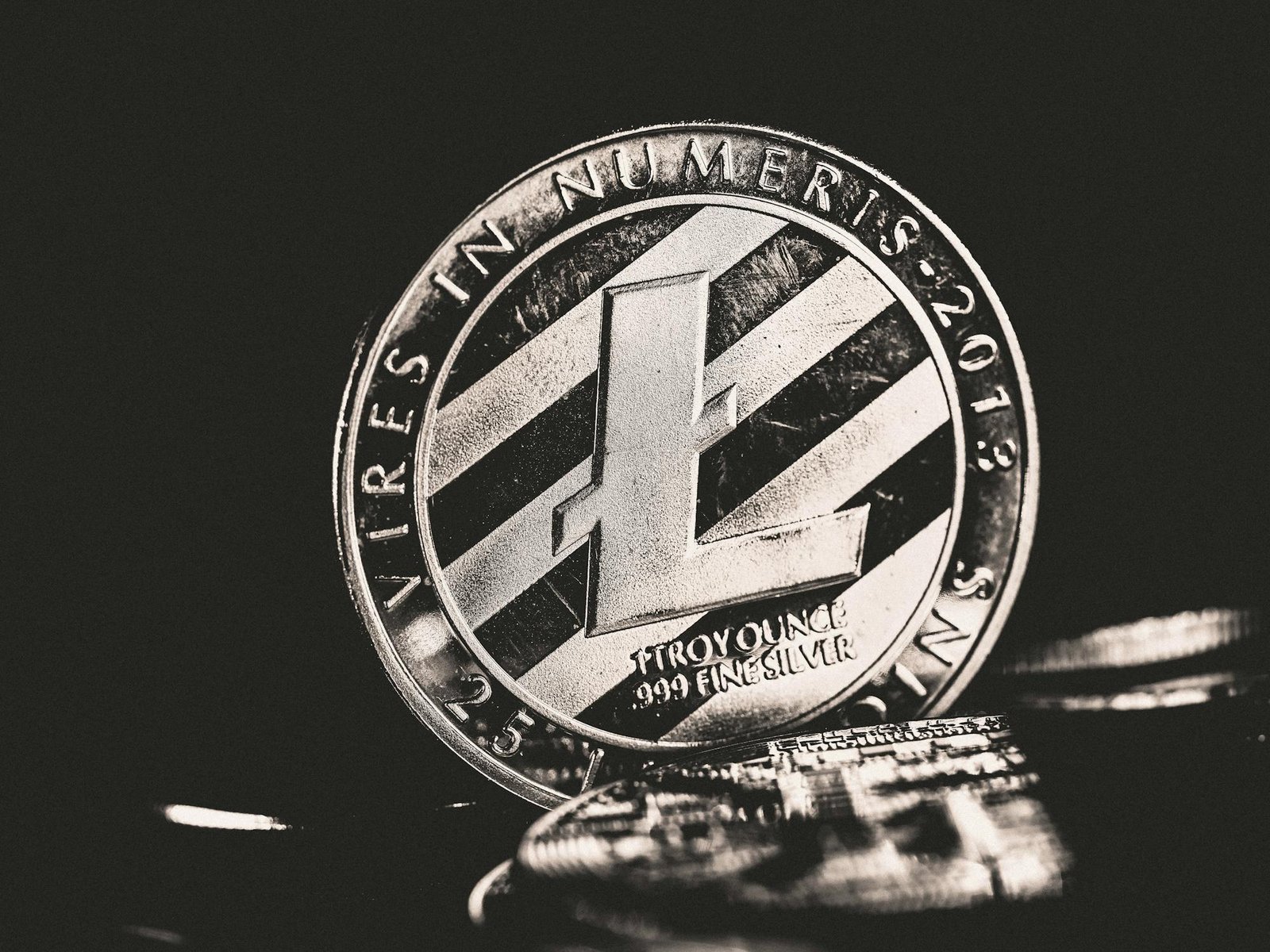Breaking News
Popular News




Enter your email address below and subscribe to our newsletter

When it comes to cryptocurrency, Bitcoin is the name everyone knows — but it’s not the only player. Litecoin (LTC) is often called the “silver to Bitcoin’s gold,” and while they share some similarities, they’re also very different.
In this article, we’ll break down what makes Litecoin different from Bitcoin so you can better understand how each crypto works and when to use them.
| Feature | Bitcoin (BTC) | Litecoin (LTC) |
|---|---|---|
| Launched | 2009 | 2011 |
| Creator | Satoshi Nakamoto | Charlie Lee |
| Max Supply | 21 million | 84 million |
| Block Time | ~10 minutes | ~2.5 minutes |
| Algorithm | SHA-256 (PoW) | Scrypt (PoW) |
| Transaction Speed | Slower | Faster |
| Fees | Higher | Lower |
Bitcoin was created in 2009 by Satoshi Nakamoto to serve as a decentralized alternative to fiat currency.
Litecoin was launched in 2011 by Charlie Lee, a former Google engineer, as a “lite” version of Bitcoin with faster transactions and lower fees.
One of Litecoin’s biggest advantages is its block time:
Bitcoin: New blocks are added every 10 minutes.
Litecoin: New blocks are added every 2.5 minutes.
✅ What This Means:
Litecoin confirms transactions much faster than Bitcoin, making it ideal for everyday payments.
Fees can be a dealbreaker for small transactions.
Bitcoin fees can rise significantly during network congestion.
Litecoin typically has lower transaction fees, even during peak times.
✅ Use Case Tip:
Litecoin is often preferred for small or frequent transactions, like retail purchases or sending money abroad.
While both use Proof-of-Work (PoW), the algorithms are different:
Bitcoin: Uses SHA-256, requiring powerful and expensive hardware (ASICs).
Litecoin: Uses Scrypt, which is more memory-intensive and accessible for everyday miners.
✅ This makes Litecoin more beginner-friendly for crypto miners.
Bitcoin Max Supply: 21 million coins
Litecoin Max Supply: 84 million coins
✅ Litecoin has a larger total supply, which helps maintain liquidity and encourages usage as a daily currency rather than a store of value like Bitcoin.
Bitcoin is often seen as “digital gold” — a long-term investment and store of value.
Litecoin focuses on fast, low-cost transactions, perfect for day-to-day use.
✅ Litecoin is widely accepted in payment systems, making it a practical option for everyday spending.
Bitcoin has higher global adoption, market cap, and media attention.
Litecoin has strong community support and is one of the oldest and most stable altcoins.
While Bitcoin leads in popularity, Litecoin continues to be reliable and faster for daily use.
Q1: Is Litecoin better than Bitcoin?
A: It depends on your needs. Bitcoin is better as a store of value, while Litecoin is better for fast, low-fee transactions.
Q2: Can Litecoin replace Bitcoin?
A: No — they serve different purposes. Litecoin complements Bitcoin, not replaces it.
Q3: Is Litecoin safe to use?
A: Yes. Litecoin is secure, decentralized, and has a long history of stable operation.
Q4: Should I invest in Litecoin or Bitcoin?
A: Bitcoin is considered a safer long-term investment. Litecoin may offer better short-term usability.
So, what makes Litecoin different from Bitcoin? The answer lies in speed, cost, and usability. Bitcoin remains the top choice for long-term investors, while Litecoin is a solid option for quick and affordable transactions.
Both have a place in the growing world of crypto — and knowing the difference helps you make smarter choices in your crypto journey.
What Makes Litecoin Different from Bitcoin, Litecoin vs Bitcoin, LTC vs BTC, Litecoin Explained, Bitcoin Comparison, Crypto Beginners Guide, Digital Currency Differences